All you need to know about visiting Yamakoshi, Nagaoka on your next trip to Japan! Where to stay, things to do and how to get around in our first-hand travel guide.
Japan had always been high on our bucket list of dream destinations to explore.
The culture, the food, the landscapes, the people – everything we had heard suggested that the Land of the Rising Sun was one of the best travel destinations on the planet.
When we first visited we were overwhelmed by all the amazing places to visit.
Of course we did our best to tick off the highlights. Tokyo and Kyoto, Osaka and Nara, and quite a few more places in between.
There’s no doubt that the cities of Japan are amazing. Futuristic yet historic, with countless activities and attractions to enjoy.
We’ve always been more into the quieter destinations of a country, though, so after we had our city-fix, we headed out into the countryside.
On the east coast of Honshu is the Niigata prefecture, home to the cities of Niigata and Nagaoka.
An idyllic region right on the Sea of Japan, the Niigata prefecture also has some stunning villages and smaller towns hidden up in the hills.
When we took the train from Yokohama across to Nagaoka, we made sure to head up into the mountains and visit one of the real highlights of Japan, Yamakoshi.
Found in the Koshi district, Yamakoshi is home to terraced ride fields, unique cuisine, friendly locals and even alpacas!
It’s also the location of a devastating earthquake that destroyed the village, forcing hundreds of people to abandon their homes for years.
But in that story lies some inspirational tales, which can be discovered on a visit to the museum and cultural centre.
Yamakoshi quickly became our favourite place during our 3 weeks in Japan, and we couldn’t believe so few tourists make it out this way.
If you’re looking for a fantastic off-the-beaten-path destination in Japan, don’t miss out on stopping by Yamakoshi in Niigata for a day or two.
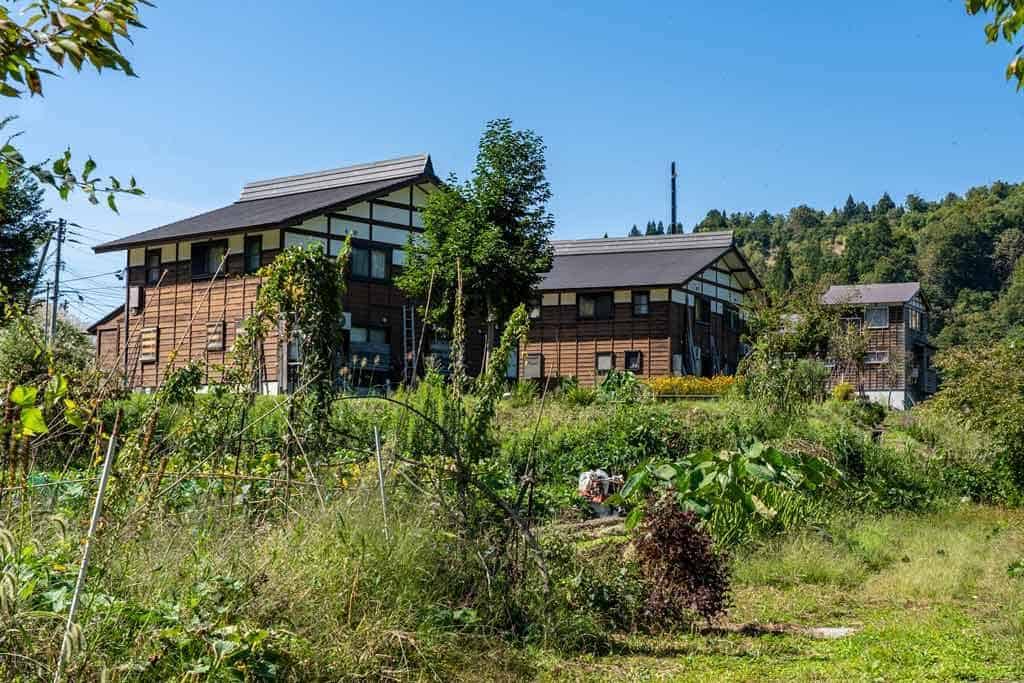
Table of Contents
The Best Things to Do in Yamakoshi
We took the bus from Nagaoka to Yamakoshi early in the morning and ended up spending a 1.5 days and one night in the village.
During that time we managed to check out some of the best things to do in Yamakoshi, thanks to our amazing guide, Mr Inoue from the local tourist office.
The beauty of being in Yamakoshi isn’t about trying to jam in as many activities as possible, but rather to take your time and enjoy the gorgeous scenery.
Here is what we got up to in the village, and what we recommend you do on your own visit if you have a day or two.
READ MORE: Check out our ultimate Japan travel guide to help you plan your next trip!
Rent an E-Bike and Explore the Village
Once you arrive in Yamakoshi, your first point of call should be the local tourism office.
Besides being filled with excellent information about what to do in town (and a great museum about the earthquake, which we’ll talk about in the next point), it also serves the centre to rent e-bikes, and even an electric rickshaw.
E-bikes are a great way to explore the Yamakoshi village, as it is quite hilly and can be very hot in the summer.
Having that extra little assistance does wonders when riding uphill or on the flats, meaning you can peddle for longer and see more attractions in a shorter amount of time.
The friendly staff in the tourist centre will happily give you a map and directions on the best places to visit on your e-bike, including where the best viewpoints are.
If you are lucky they might even have the electric rickshaw ready and available, making for an even faster environmentally-friendly way to explore Yamakoshi.
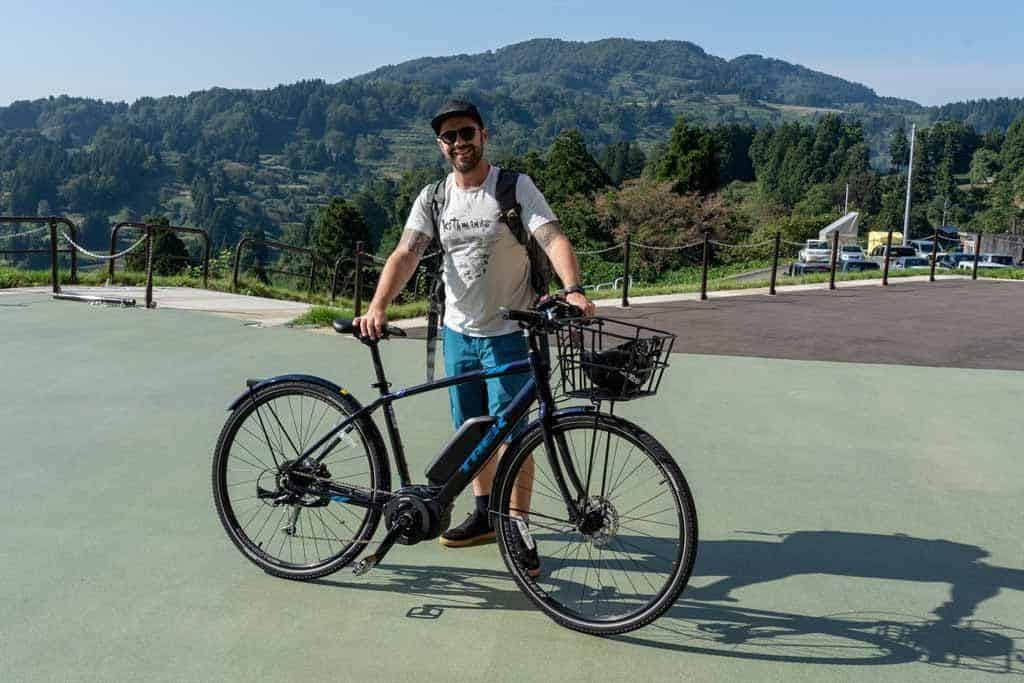
Learn About the Tragic Earthquake
On October 23, 2004, the large Chūetsu Earthquake struck the Niigata prefecture, registering 6.6 on the Richter scale.
It was the deadliest earthquake to hit Japan in a decade, and 68 people sadly lost their lives.
The damage was wide-spread, with trains being derailed, buildings collapsing and roads cracking open.
But it was the village of Yamakoshi that suffered the worst on that day.
All access roads to Yamakoshi were buried in landslides, leaving the village completely isolated from the rest of the country.
The government launched a rescue mission, using helicopters to evacuate the residents and take them to nearby Nagaoka city for refuge in makeshift emergency shelters.
The villagers thought that their evacuation would be for a day or two. When they flew over what was left of their village though, being given a birds-eye view of the devastation, they realised it was far worse than they ever thought.
Once they left, it took 2.5 years to bring them back home again…
In the tragedy though lies positivity, and the entire community banded together to help and protect each other in this time of need.
The story of the Chūetsu Earthquake quickly spread around Japan, and people offered money, food and even their homes to help the villagers who were now left homeless.
Once Yamakoshi was rebuilt, the locals enthusiastically returned, ready to pick up their lives once again.
Today there are a number of places you can visit in Yamakoshi to learn more about the earthquake.
The first stop is the Culture Centre Oratal (the tourism centre), where the entire upstairs section has been turned into a museum and gallery dedicated to the earthquake.
Grab a headset and take part in the free audio tour as you wander around and look at the exhibitions.
There is also a store a short bike ride away from town that has installed an exhibition about the earthquake.
Ask the Culture Centre for details of where to find it.
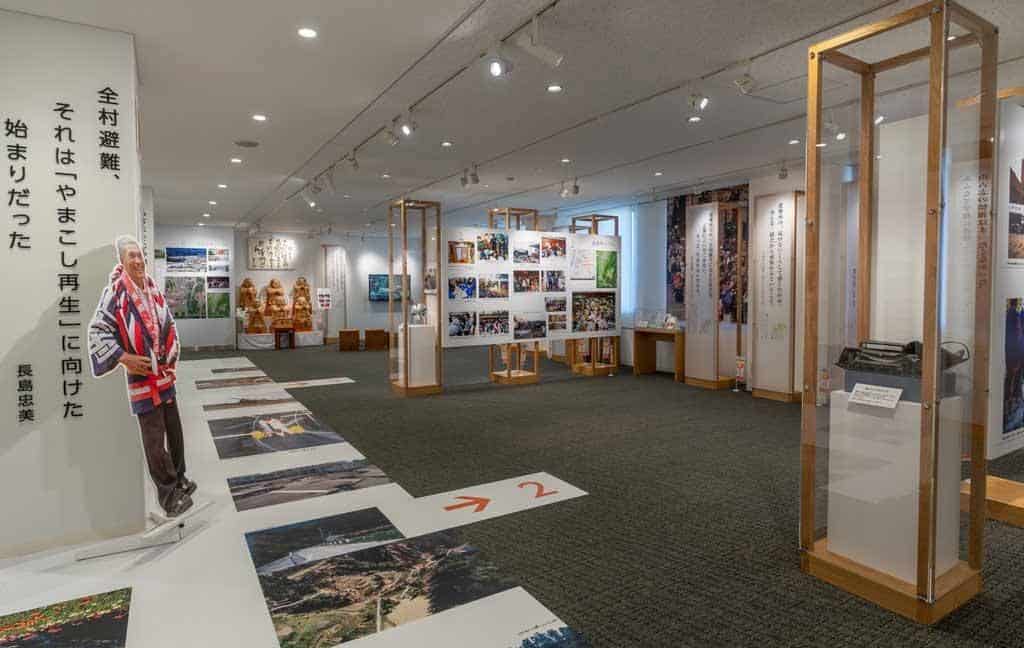
Watch Sunrise or Sunset Over the Rice Paddies
By looking at the most beautiful photos of Yamakoshi, you’ll immediately notice that ride fields are a huge part of what the village is known for.
Carved into valleys and wedged between steep hills, farmers tend to their ride crops surrounded by spectacular views.
The rice fields are gorgeous at any time of day, but in particular, seeing them for sunrise and sunset really brings out their beauty.
Grab your e-bikes or rental car and find a spot before the sun drops to get some gorgeous shots.
In our opinion though sunrise is the best time of day to take photos, as you often get mist rolling through the valleys.
If you want more tips on improving your photography, check out our travel photography for beginners guide.
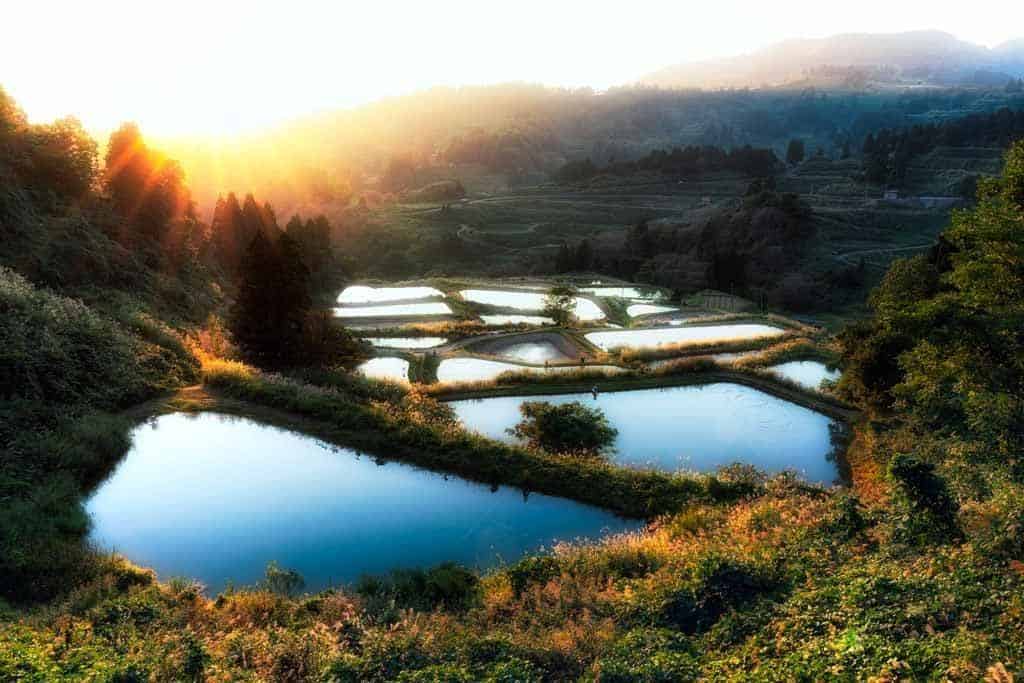
Visit the Yamakoshi Alpaca Farm
No trip to Yamakoshi is complete without a visit to the alpaca farm!
By far the biggest and most well-known Yamakoshi attraction, the alpaca farm is the perfect place to spend an hour or two with one of the cutest creatures on the planet.
It is completely free to visit, and the alpacas happily wander around their pen, occasionally coming right up to you for a pat.
There’s a donation box nearby that you can leave a tip, and if you have kids you can buy some food to feed the alpacas.
- Address: 169 Yamakoshi Takezawa, Nagaoka 947-0204, Niigata Prefecture
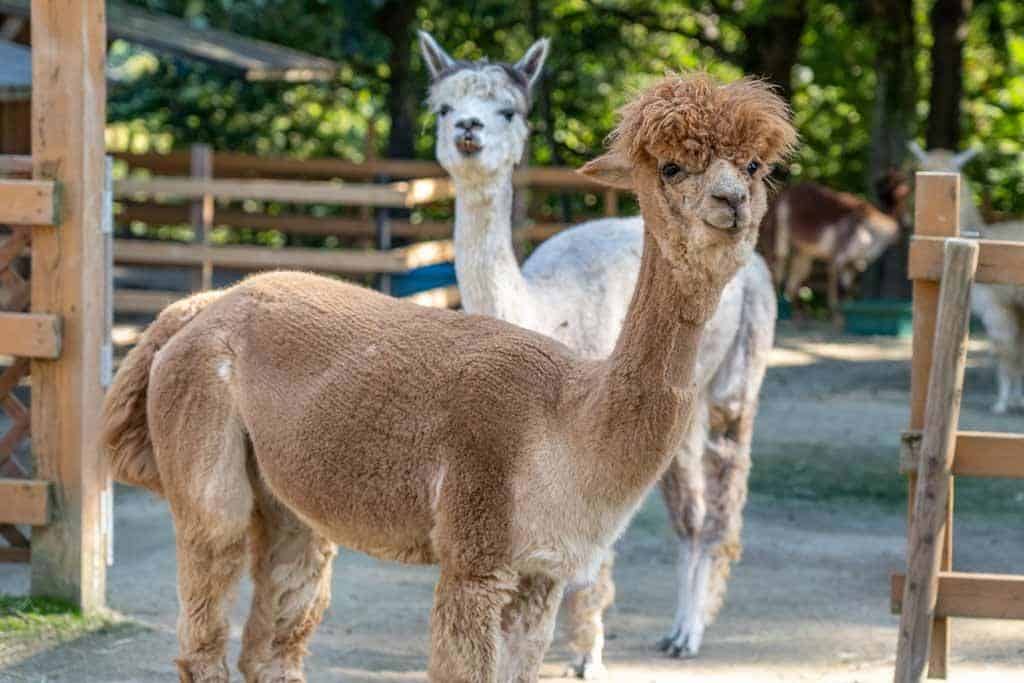
Learn About Yamakoshi’s Fabled Koi
Koi fish are extremely revered all around the world, and you’ll find them living in huge ponds in affluent houses, temples and galleries.
Related the common carp, the Japanese koi fish are truly beautiful, with vibrant colours and docile attitudes.
They are also one of the most expensive fish in the world, and Yamakoshi is home to some legendary koi breeders.
In fact, the highest price tag ever paid for a single koi (close to USD$2 million paid by a wealthy Chinese businessman) was for a koi bred right here in the village.
No trip to Yamakoshi would be complete without getting up close to these gorgeous ornamental fish.
If you don’t want to visit a koi breeder, you can see them in the tourist centre.
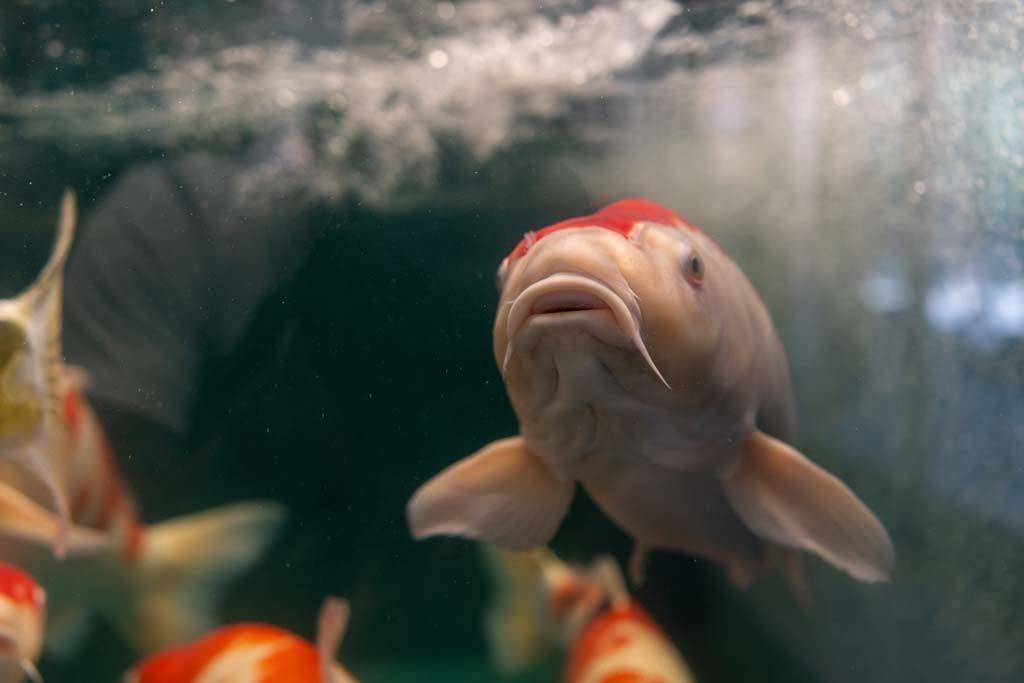
Yamakoshi Travel Guide
The quaint, bucolic and picturesque village of Yamakoshi quickly became our favourite place in Japan, and with so few international tourists visiting, it is still well off the beaten path.
If you want to take a trip to Yamakoshi, we’ve put together this mini travel guide to help you with your plans.
From where to stay and where to eat, and even how to get there, here are our tips for visiting Yamakoshi, Nagaoka.
Where to Stay in Yamakoshi
Being such a small village, there aren’t actually a lot of places to stay. If you’re looking for high-end luxury, this is not the place for you.
But if you love the idea of quaint guesthouses, or even staying in a log cabin, then you’ll be pleasantly surprised.
Yamakoshi Log Space
This is where we stayed during our trip to Yamakoshi, and it was absolutely fantastic.
This authentic Japanese log cabin is located a short drive away from the tourist centre in a quiet part of Yamakoshi.
When you step inside you’ll instantly be amazed at the intricate carpentry skills used to put together these huge pieces of timber.
There’s a kitchen, large living area, a bedroom, a bathroom, and a lovely loft upstairs.
Beds are of traditional Japanese style, meaning they are mattresses and blankets that you roll out right onto the floor.
This is the website, but it is easier to make your bookings through the community centre if you don’t speak Japanese, or to use Google Translate before emailing them.
There are no restaurants nearby, so make sure you bring your own food for dinner and breakfast.
Stay in Nagaoka
One alternative to staying in Yamakoshi is to actually make Nagaoka your base, and do a day trip to the village.
There are plenty of amazing accommodation options in nearby Nagaoka, from little guesthouses to high-end hotels.
Check out the options here on Agoda for the best places to stay.
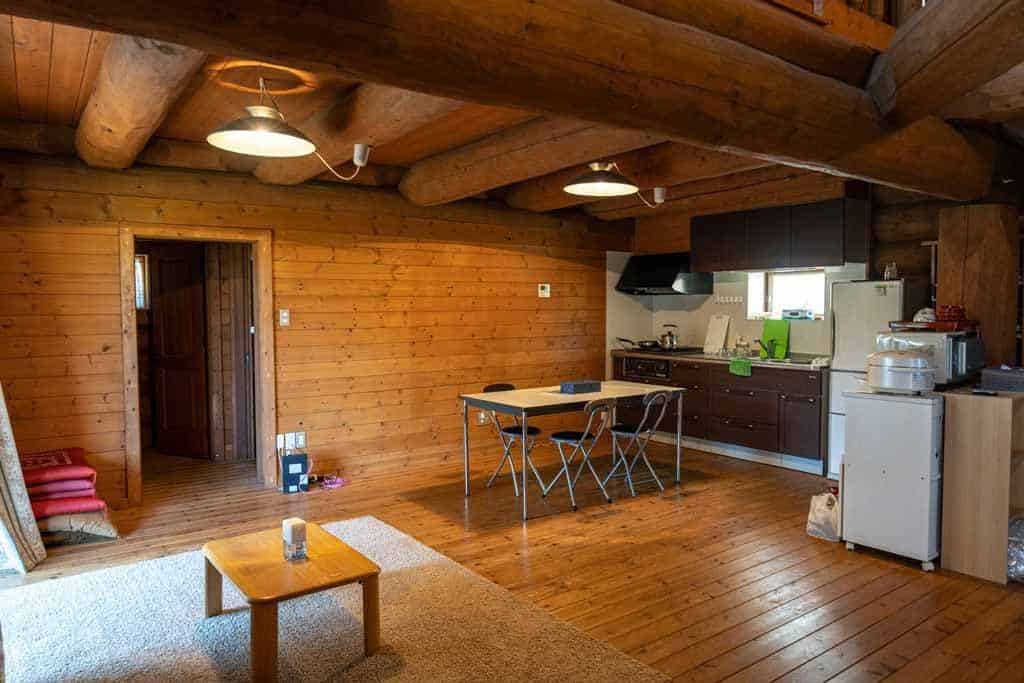
Where to Eat in Town
There aren’t a lot of restaurants in Yamakoshi, as it really is just a farming village, but one place you can’t miss out on is Tanada.
This cute little restaurant is a sustainable, farm-to-table spot that serves up fresh local vegetables and delectable rice dishes sourced directly from the nearby farmers.
Address: 山古志虫亀947, 947-0205 Yamakoshi, Nagaoka, Niigata
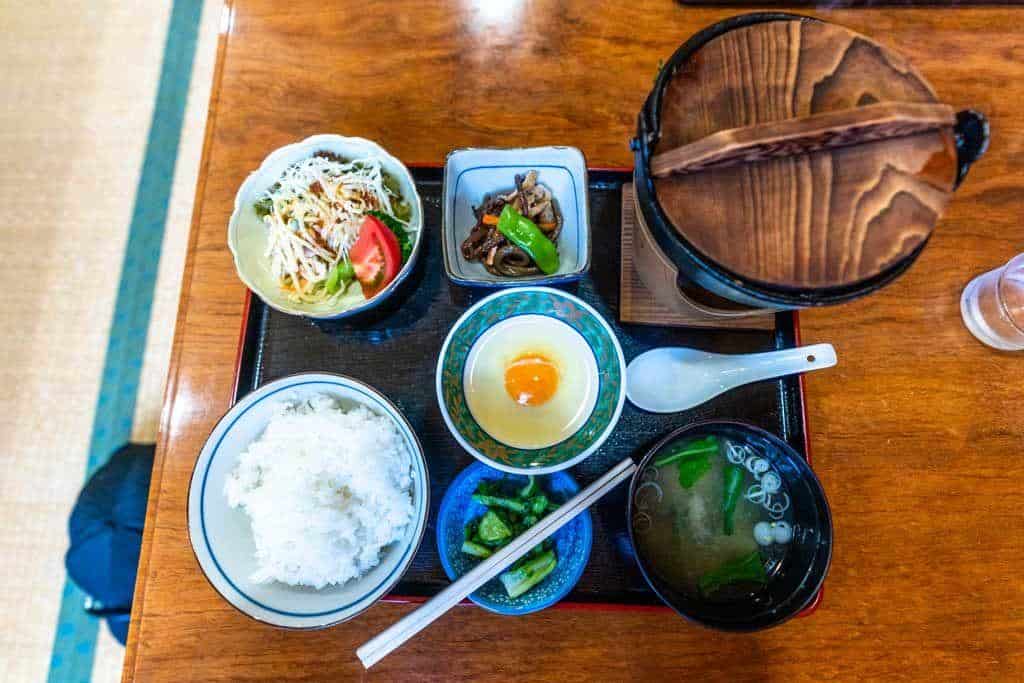
How to Get to Yamakoshi
Yamakoshi is quite remote, but there is regular public transport that connects the village with the other major cities in Niigata prefecture.
We’ve included the Japanese translations of each step to help make things easier for you.
All you need to do is show a local person the Japanese writing, and they will gladly point you in the right direction if you get lost.
Here’s how to get to Yamakoshi using public transport.
Public Transport
The first thing you need to do is travel to Nagaoka city in Niigata using a JR Pass. Buying it on the Klook website is the cheapest place to get one.
From there head to the Nagaoka station, and make your way to the Higachi Gushi bus stop ( 長岡駅東口バス停 ), which is the bus terminal outside the train station.
Find bus stop number 7, this is where your bus will leave from. It is heading to the Koryu Shrine ( 越後交通バス 高龍神社行き )
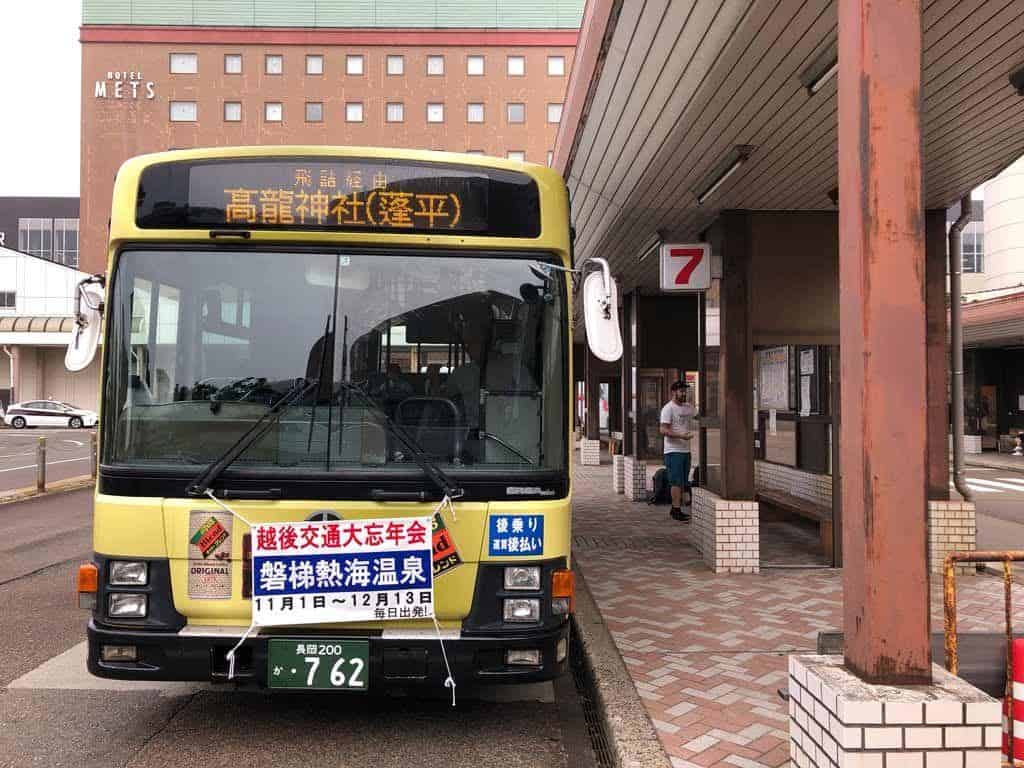
We took the 07:35 bus from Nagaoka. Please note that it isn’t a very regular schedule, so we’d recommend getting this early one. To do this though you’ll need to arrive in Nagaoka the night before.
Once it arrives you can double-check with the driver that it is the right one by asking if it goes to Muramatsu Kaitenjo bus stop ( 村松回転場バス停 ).
The fare will be 330 JPY per person, and you can pay either as you get on, or when you get off the bus.
We personally asked the bus driver using Google Translate if he could let us know when we made it to Muramatsu Kaitenjo, and he happily obliged.
Once you get to Muramatsu Kaitenjo, which takes about 25 minutes, you will notice a smaller minivan parked across the road. This is the ‘Clover’ 121 bus that goes to Yamakoshi.
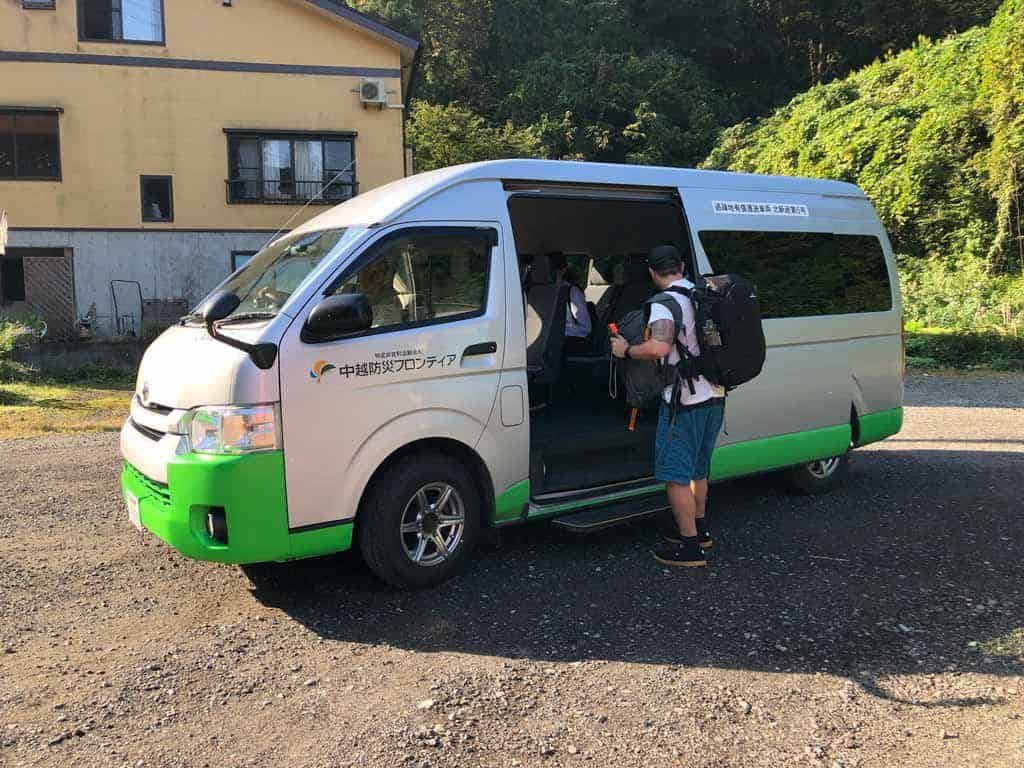
This minivan actually waits for the big bus from Nagaoka to arrive before leaving, so you don’t have to worry about missing it.
About 25 minutes later you will arrive at Yamakoshi shisho ( 山古志支所バス停 ), which is right outside the cultural centre and tourism office.
Rental Car
If you are travelling around Japan in your own vehicle, then just punch in Yamakoshi Nagaoka into Google Maps, and it will show you the way.
We recommend hiring your vehicle from the Rental Cars website.
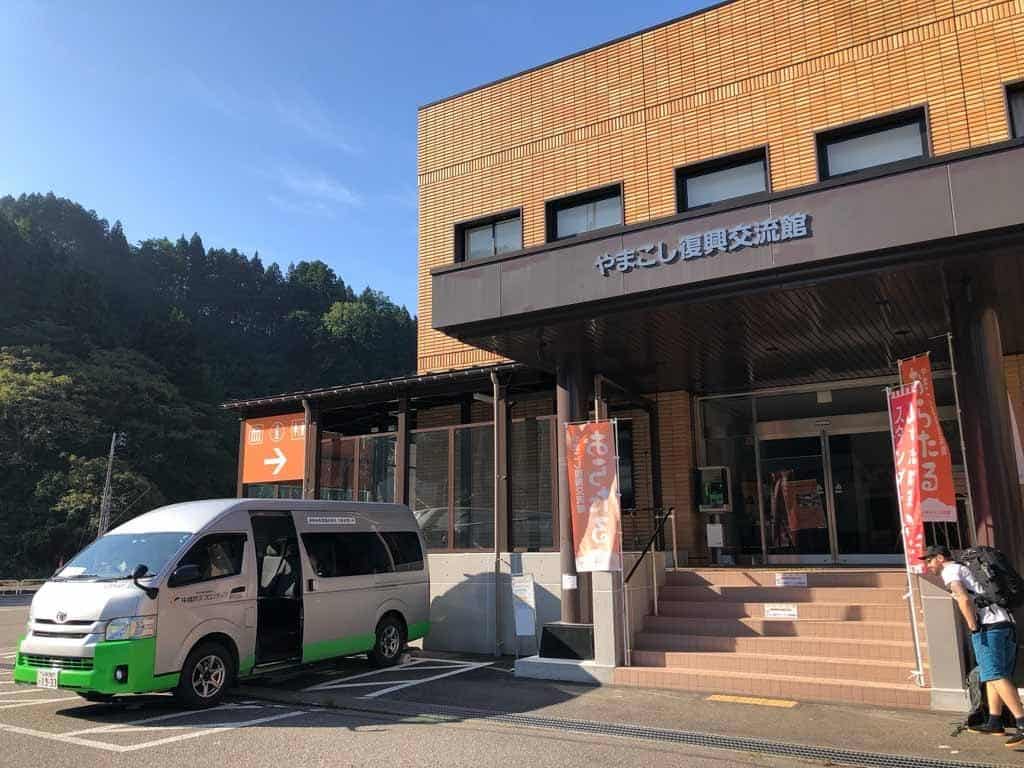
Travel Tips for Yamakoshi
Visiting Yamakoshi is a very different experience to travelling to other, more popular, parts of Japan.
While it is stunningly beautiful and well worth a trip, it is not on the main tourist trail at all, and with that comes a few challenges for a non-Japanese speaker.
Here are some of our tips to help you make the most of your time in Yamakoshi, Nagaoka.
Get in Touch with Hiroshi Inoue
The director of the Yamakoshi Orataru tourist office, Mr Hiroshi Inoue can help you with many facets of your trip.
Ask for him once you arrive at the centre, or call or email him before your trip.
- Address: Ko-2835 Yamakoshitakezawa, Nagaoka, Niigata 947-0204, Japan
- Email: orataru@cosss.jp
- Phone: +81-90-2222-5564
Stop by the Yamakoshi Orataru Centre
This is the main tourist and cultural centre in Yamakoshi and is the first place you should visit when you arrive.
You’ll find all kinds of information here about things to do in Yamakoshi, and the friendly staff can assist with booking anything you need.
They have e-bikes for rent, an electric rickshaw, a small cafe with coffee, snacks and ice cream, souvenir stall, and a large koi exhibition.
- Address: Ko-2835 Yamakoshitakezawa, Nagaoka, Niigata 947-0204, Japan
Download Google Translate and Google Maps/Maps.me
English isn’t widely spoken around Yamakoshi, so to make your trip easier, we recommend downloading the apps Google Translate and Google Maps, or Maps.me.
This way you can communicate with locals as you go, and use the maps to find your way around.
Google Maps is great if you have a wifi hotspot or local sim card. If you don’t have access to data, use Maps.me, which are offline maps.
Bring Cash and Supplies with You
Facilities are very limited in Yamakoshi, so make sure you come prepared.
Stock up on cash from an ATM in Nagaoka before you arrive, and if you need food, bring some snacks as well.
DISCLAIMER: Our trip to Yamakoshi was made possible thanks to IGLOOO Inc. All thoughts, opinions, and hundreds of photos of rice fields taken are, as always, our own.

